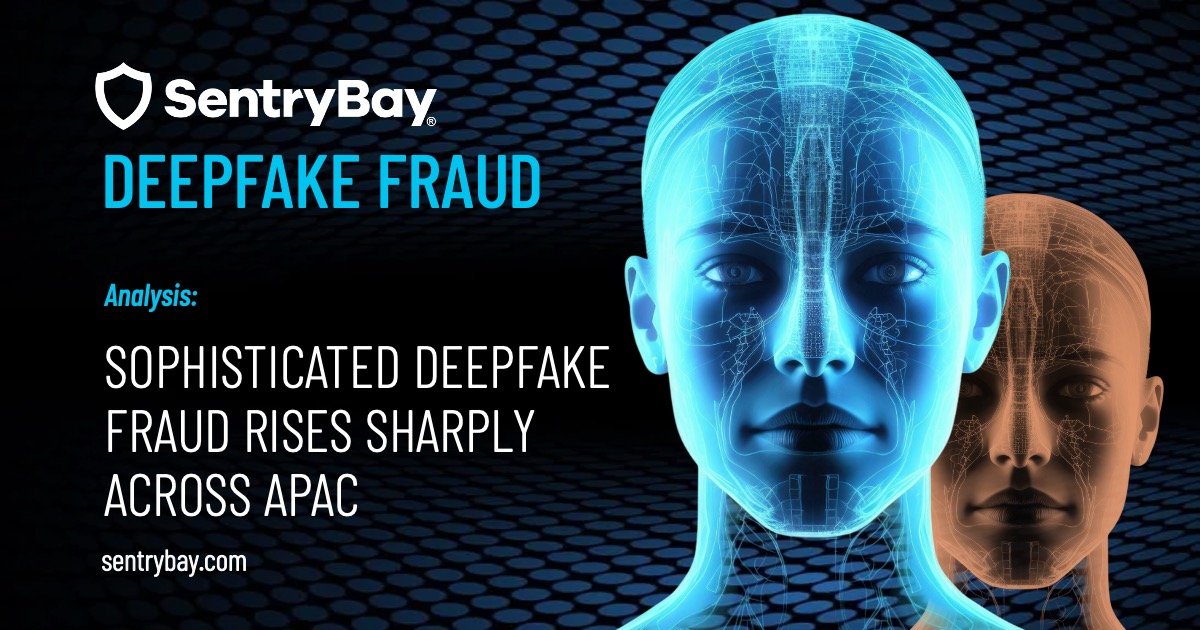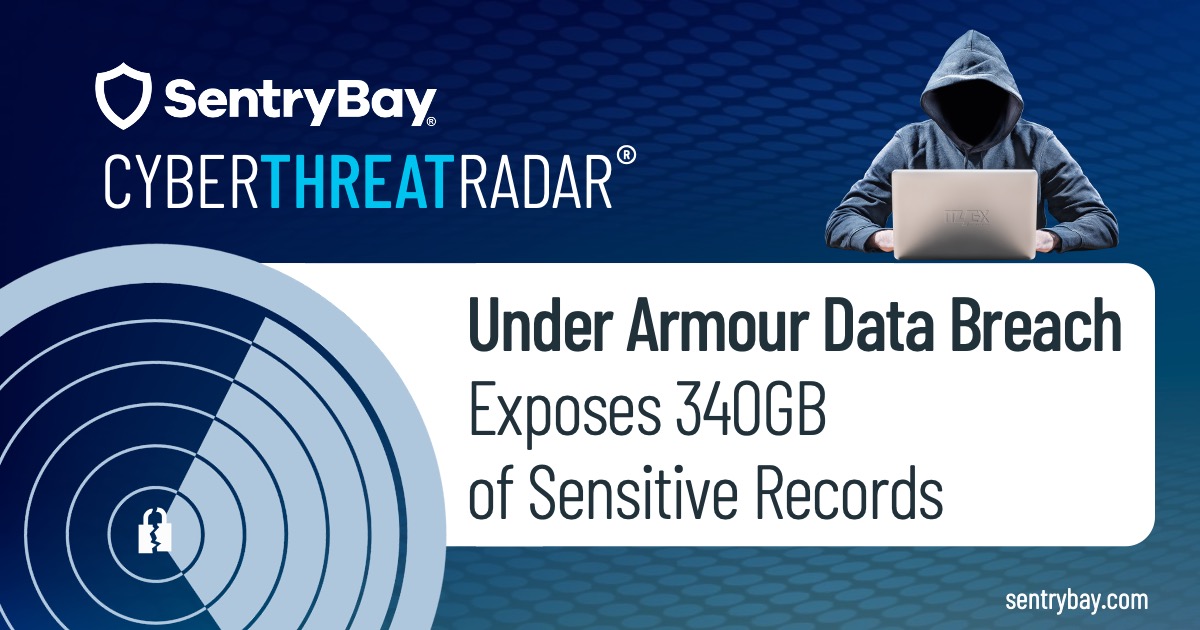
Cyber Threat Radar – The Ascension data breach is the latest in a series of serious cybersecurity incidents targeting healthcare providers in the United States. Affecting more than 430,000 individuals, the breach originated not within Ascension’s own systems but through a third-party vendor, highlighting the persistent and systemic vulnerability of healthcare supply chains.
While it is tempting to view this as another example of vendor mismanagement, the breach also reinforces an increasingly clear reality: healthcare organizations are lucrative targets, and attackers are growing more adept at exploiting any gap—particularly at the endpoint level.
Healthcare Data: A Lucrative Target for Threat Actors
Healthcare systems are rich with high-value data: Social Security numbers, full demographic details, insurance records, and clinical histories. These are not just attractive targets for identity theft but can also be used in extortion campaigns, insurance fraud, and the resale of medical profiles on illicit markets.
In the case of the Ascension data breach, the exposed information varied by individual but may have included:
- Full names, addresses, phone numbers, and email addresses
- Dates of birth, race, and gender
- Social Security numbers
- Insurance and admission information
- Medical record numbers and billing codes
What is especially troubling is that the compromise was the result of a third-party vulnerability, emphasizing that even indirect access points can lead to wide-scale data theft. As the investigation revealed, patient data was inadvertently disclosed to a former business partner, and that partner was later compromised due to a software vulnerability.
A Pattern of Exploitable Weakness
This is not Ascension’s first encounter with a significant cyberattack. In May 2024, the organization disclosed a massive Black Basta ransomware attack that compromised the records of 5.6 million patients and employees. That incident originated from an employee downloading a malicious file—another endpoint-based failure that forced hospitals to revert to manual recordkeeping and redirect emergency services.
The common thread in both incidents is clear: attackers are not storming the perimeter. They are using infostealers and credential harvesting malware deployed at endpoints to silently extract valuable data. Once they gain access, they move laterally through the network, exfiltrating records and executing follow-up attacks, often using data stolen during earlier breaches.
Keylogging and Screen Capture Malware: The Attack Tools of Choice
Across the healthcare threat landscape, keyloggers and screen capture malware remain among the most effective tools for cybercriminals. These tools operate covertly, capturing login credentials, internal portal screenshots, and authentication tokens.
This malware often evades traditional antivirus and EDR solutions because it operates at the system level, mimicking legitimate processes or injecting into trusted applications. In environments where user endpoints connect to clinical systems and patient data repositories, these attacks can yield devastating results.
“The Ascension data breach is a powerful reminder that patient confidentiality is not just a compliance issue—it is a frontline cybersecurity challenge,” said Tim Royston-Webb, CEO, SentryBay. “Threat actors are consistently using keylogging and screen capture techniques to extract credentials and patient data from vulnerable endpoints. Without proactive endpoint enforcement, even the most well-intentioned healthcare systems are exposed. At SentryBay, we designed Armored Client to provide zero-day protection by preventing these exact attacks before they take hold.”
Healthcare Must Shift to Proactive Endpoint Threat Prevention
Healthcare organizations must confront a difficult truth: traditional detection-based cybersecurity is no longer sufficient. The cost of a breach is measured not just in financial impact, but in disrupted care, regulatory scrutiny, and lost trust.
To defend against tactics like those used in the Ascension data breach, leading healthcare providers are deploying SentryBay’s Armored Client, a proactive Endpoint Threat Prevention solution that prevents credential and screen data theft at the source.
Armored Client includes:
- Anti-Keylogging: Randomizes keystroke input to nullify keyloggers
- Anti-Screen Capture: Blackens screen content when unauthorized capture is detected
- Malicious DLL Injection Protection: Blocks malware from embedding in legitimate applications
- Selective Screen Sharing: Supports approved workflows while preventing unauthorized viewing
- OS-Level Enforcement: Real-time protection before malware can execute its objective
Armored Client is compatible with:
- IGEL OS-powered devices
- Microsoft Azure Virtual Desktop (AVD)
- Windows 365 environments
Securing the Endpoint Is Now a Clinical Imperative
With patient care increasingly digitized and every endpoint a potential breach vector, healthcare providers must adopt proven, real-time defensive solutions. The Ascension data breach reinforces the urgent need for endpoint-first security, where credential theft and data exfiltration are blocked at the point of interaction.
Healthcare’s attackers are well-funded and persistent. The tools they use are silent, effective, and already inside many environments. It is no longer enough to react—it is time to enforce. Learn how SentryBay’s Armored Client can help your organization protect its most critical data assets before they fall into the wrong hands.



